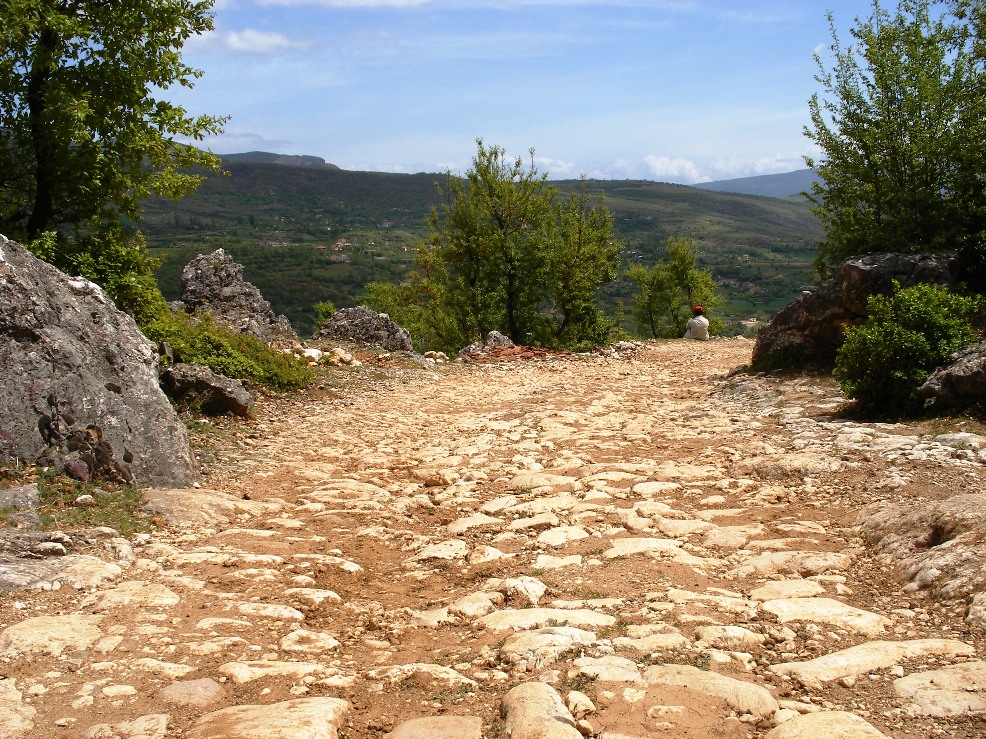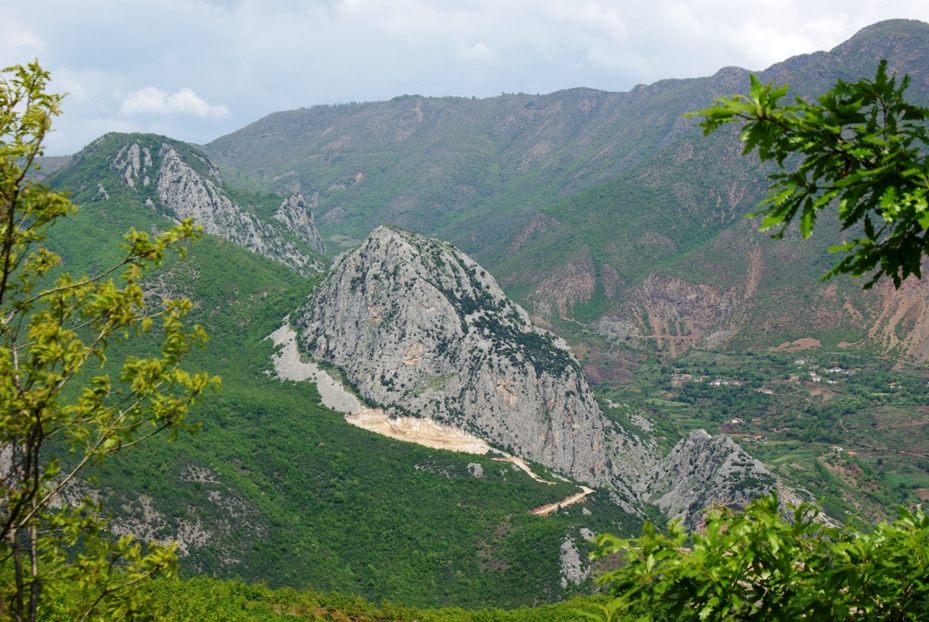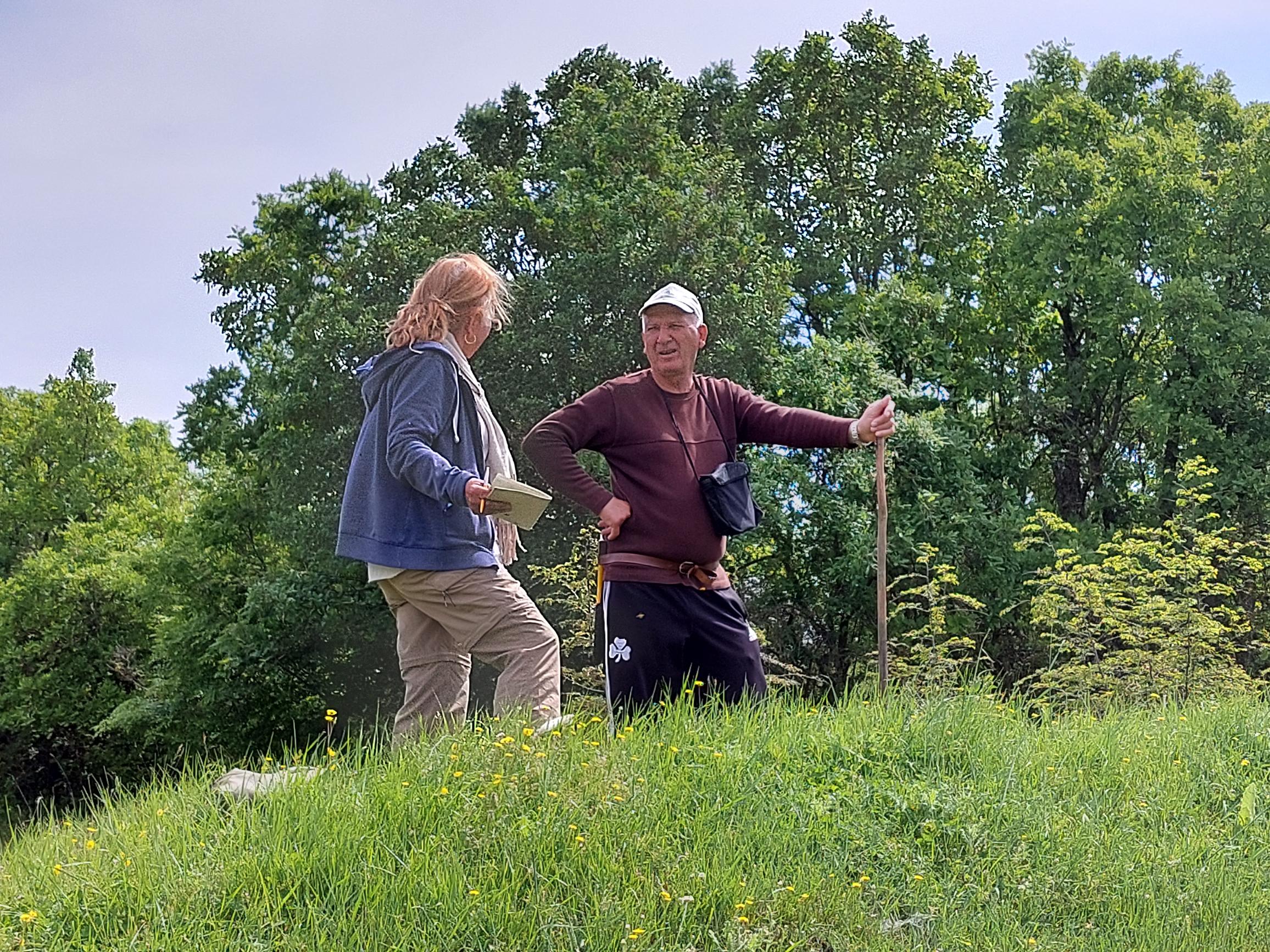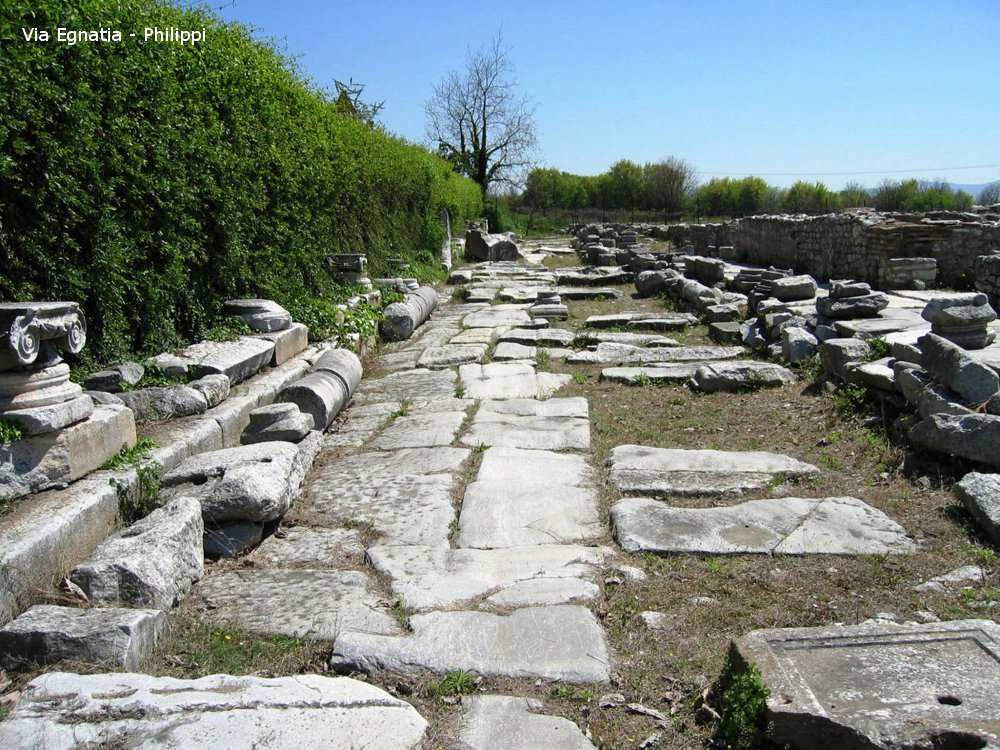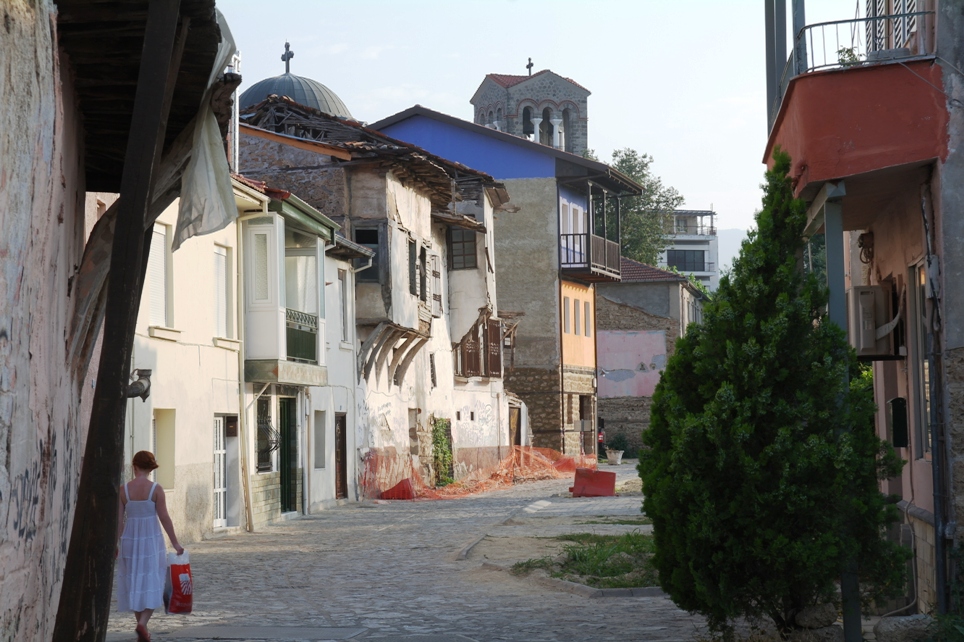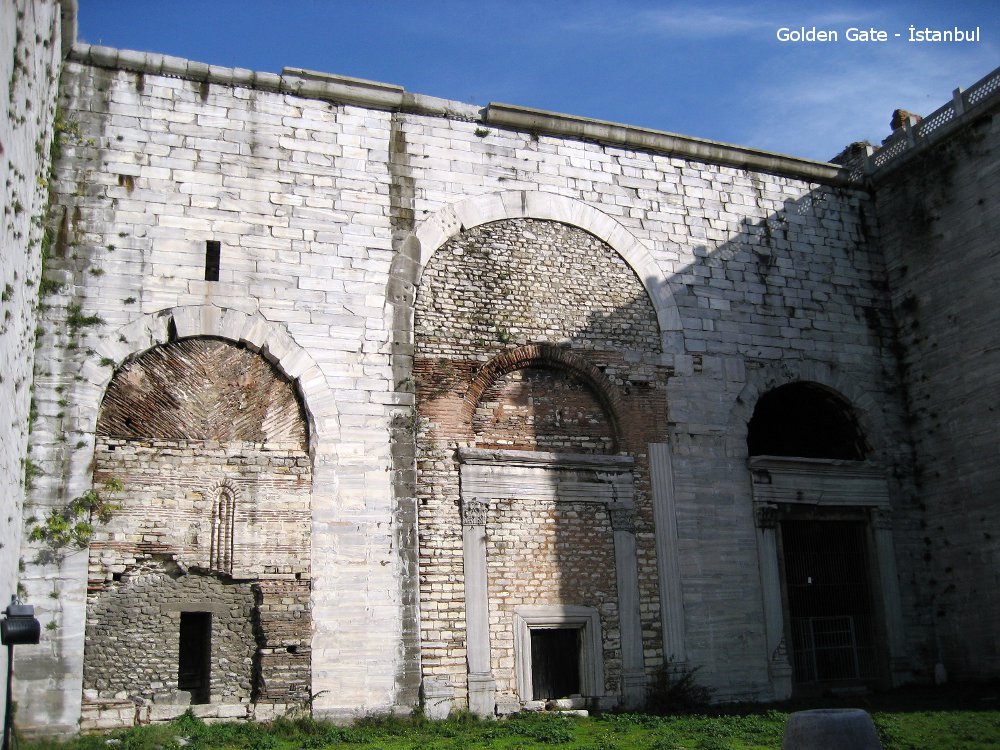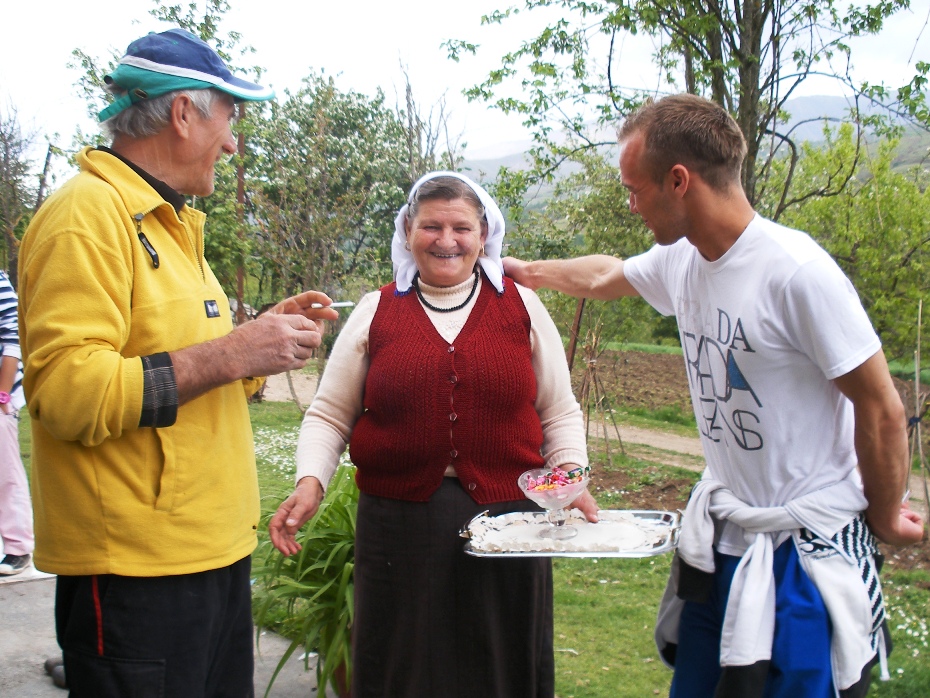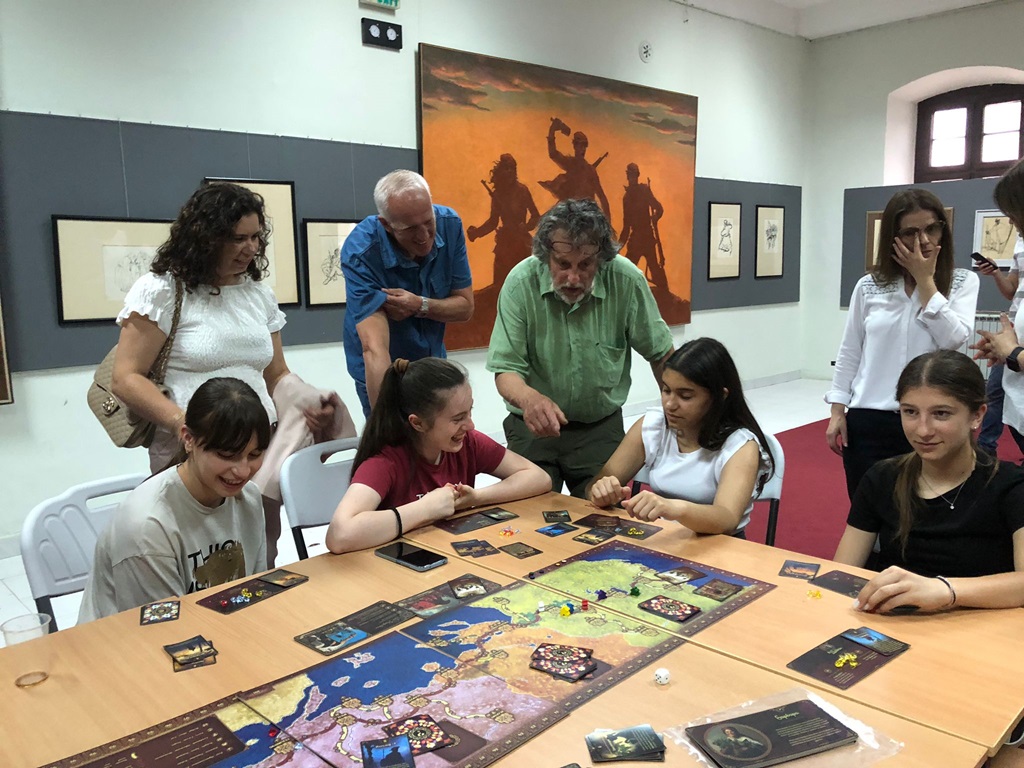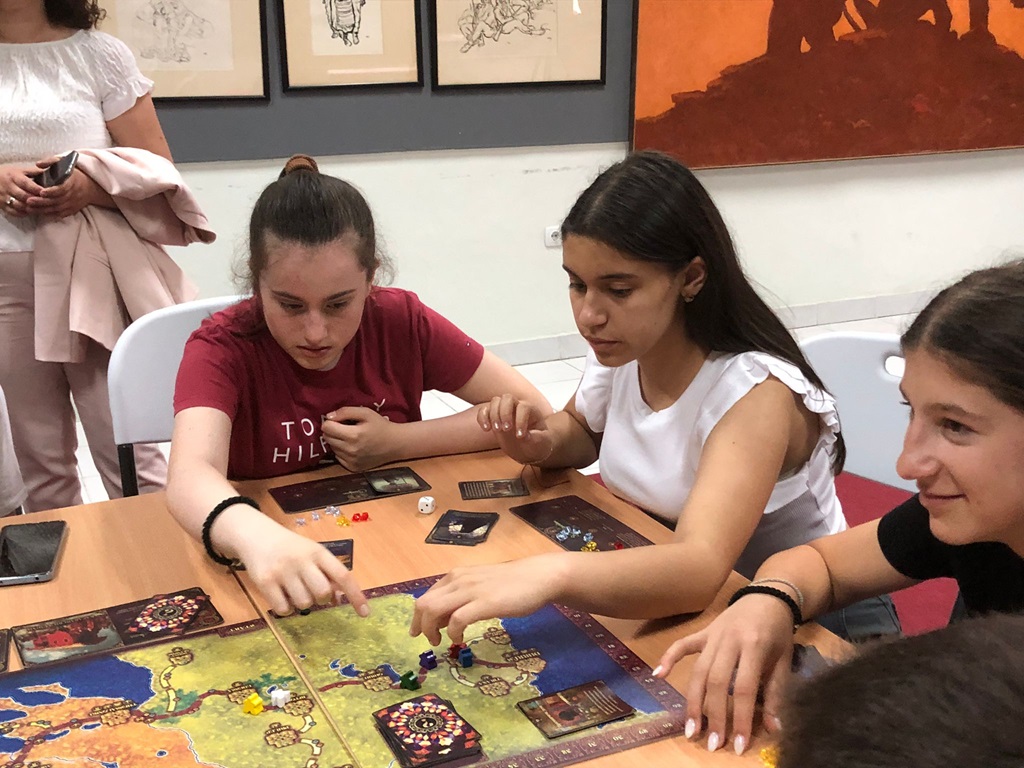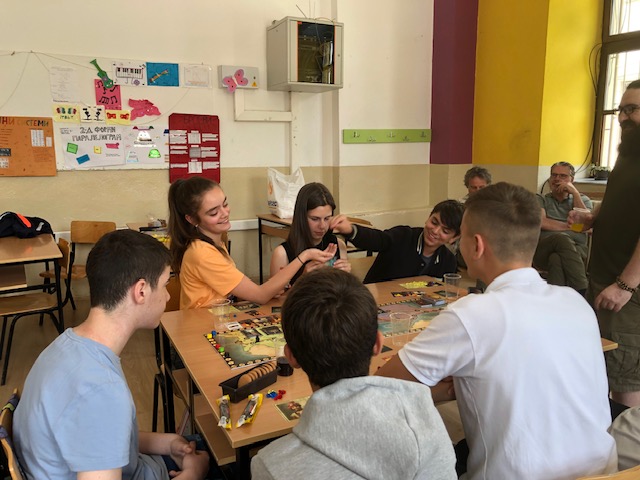A road is a way of transferring and connecting people, trade wares, art and ideas

The Via Egnatia
Running through the Balkans from Durrës in Albania, through Northern Macedonia and Northern Greece to Istanbul in Turkey, the Via Egnatia has been such a road par excellence.
Roman Military Road
Built originally as a Roman military road in the 2nd century BC, it served more than two millennia during the rule of the great Roman, Byzantine, Bulgarian and Ottoman Empires.
Life on the Road
Used by soldiers, crusaders, preachers and bandits, merchants and peasants, tax collectors, caravans with mules and donkeys loaded with all kinds of goods.
Caravanserai
People of all creeds and cultures met each other in the cities and caravanserais: Greeks, Romans, Albanians, Slavs, Ottomans, Vlachs, Pomaks, Venetians, Egyptians, Roma, Jews and many others.
Trans-Balkan highway
The Via Egnatia has been a real trans-Balkan highway between East and West until into the 20th century.
Via Egnatia Foundation
.
The VEF is all about bringing new life to the Via Egnatia.
Conferences, caravan journeys, promotion events, exhibitions, research, the Via Egnatia Hiking Trail, the educational Caravan Via Egnatia game, these and all future VEF projects focus on bringing people together, fostering mutual understanding, friendship, development and ultimately peace.
Via Egnatia: A Way to Connect
Via Egnatia hiking trail
Walking, riding or driving through the Balkans along the itinerary of the ancient road! Through mountains and valleys, along riverbeds, past lakes and seaside, villages and cities, the Via Egnatia Hiking Trail runs 1100 km from Durrës on the Adriatic coast into Turkey. Two extensive full color guide books are available.


Caravan Via Egnatia Board Game
In the Caravan Via Egnatia board game you take on the role of a traveler making the journey on the Via Egnatia. The road ahead is filled with with events and challenges that test your ability to plan, compete and collaborate.
Big news! The Caravan Via Egnatia Board game has won the European Innovative Teaching Award 2025!



